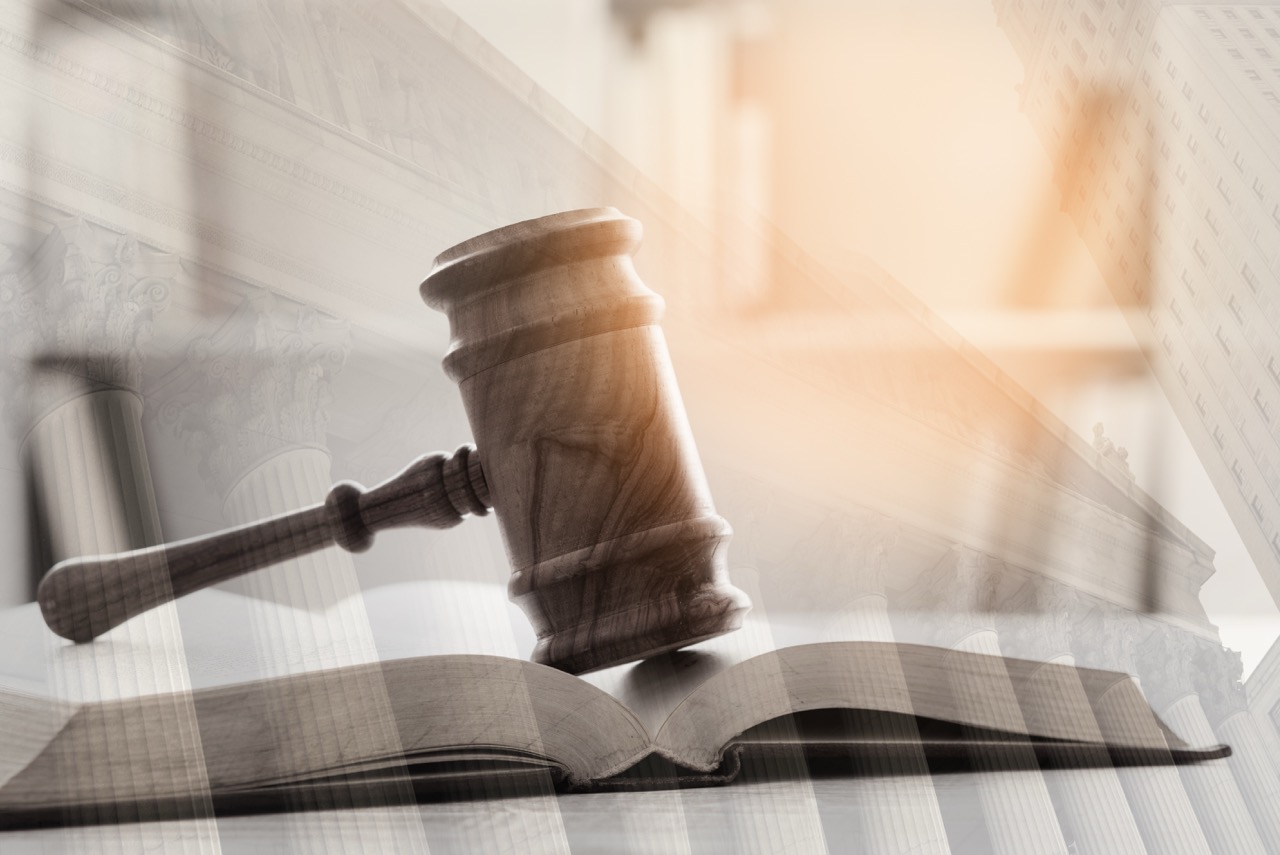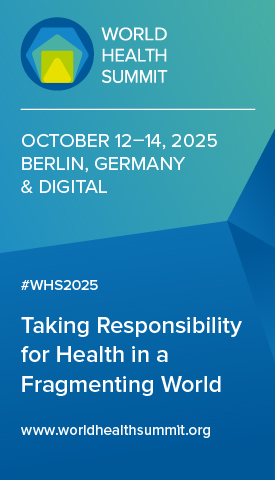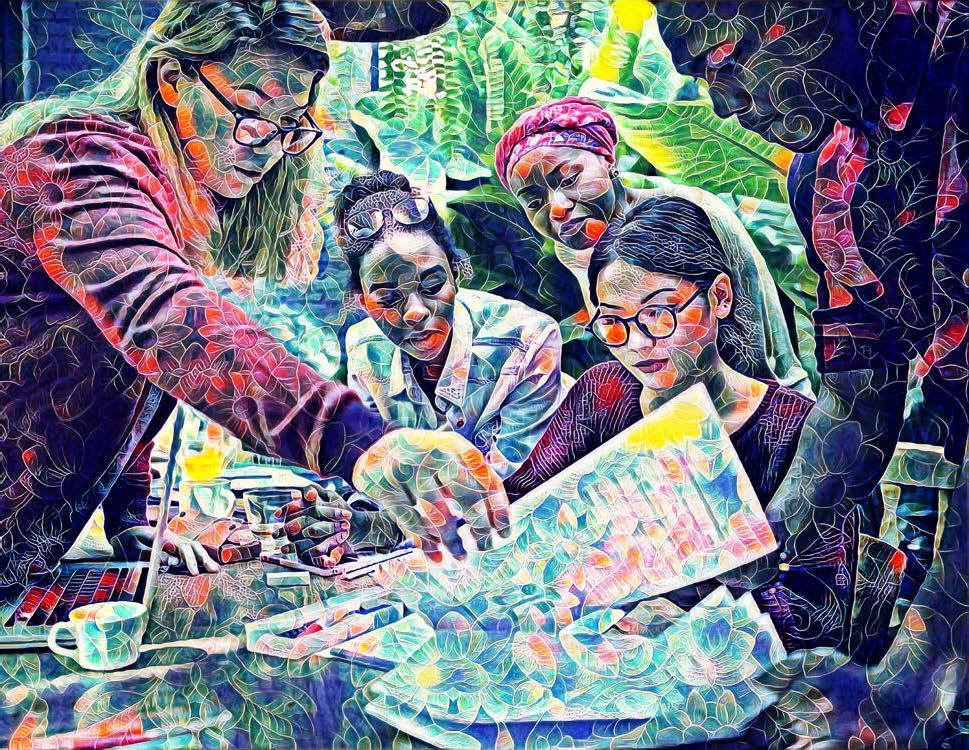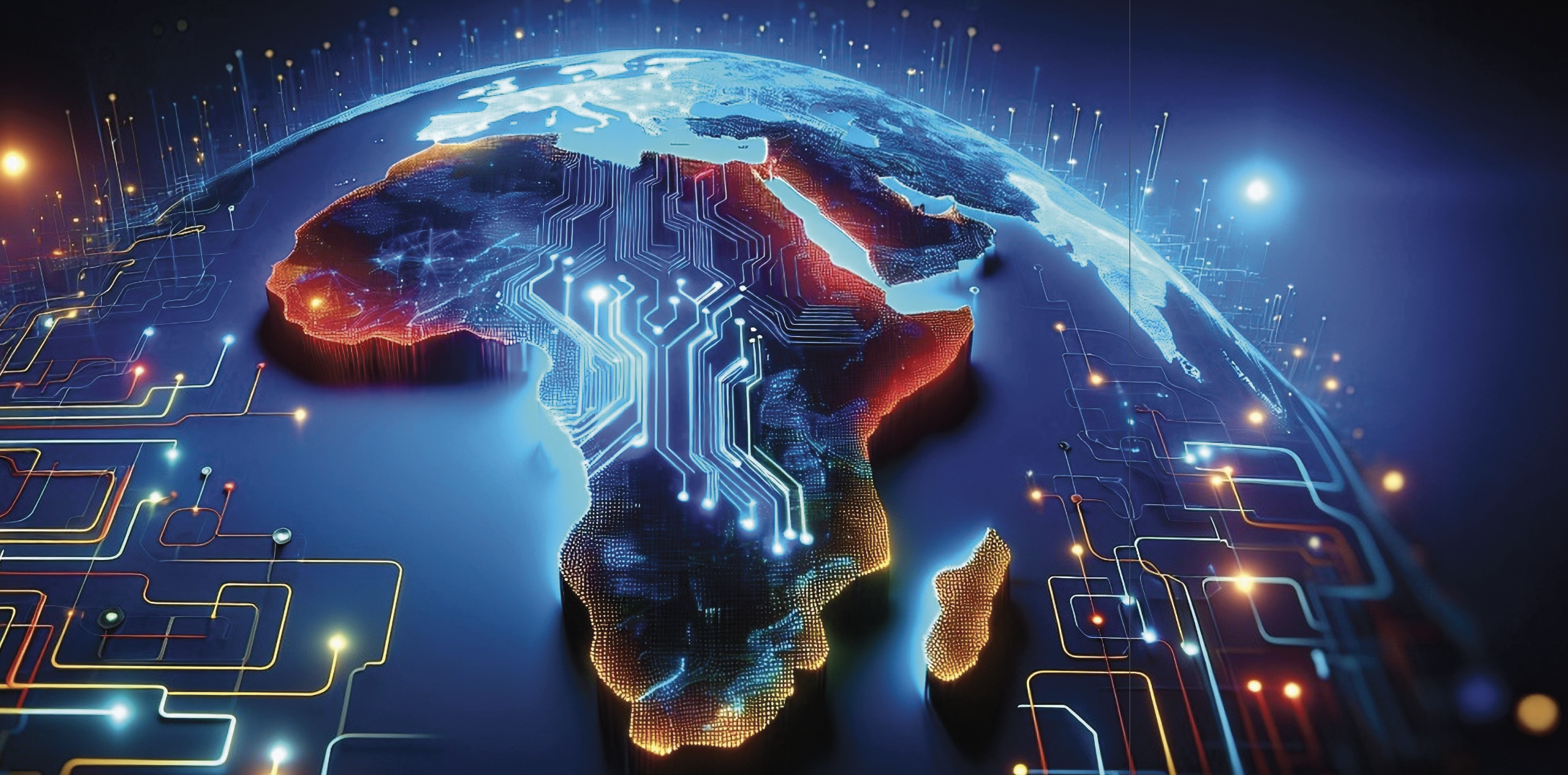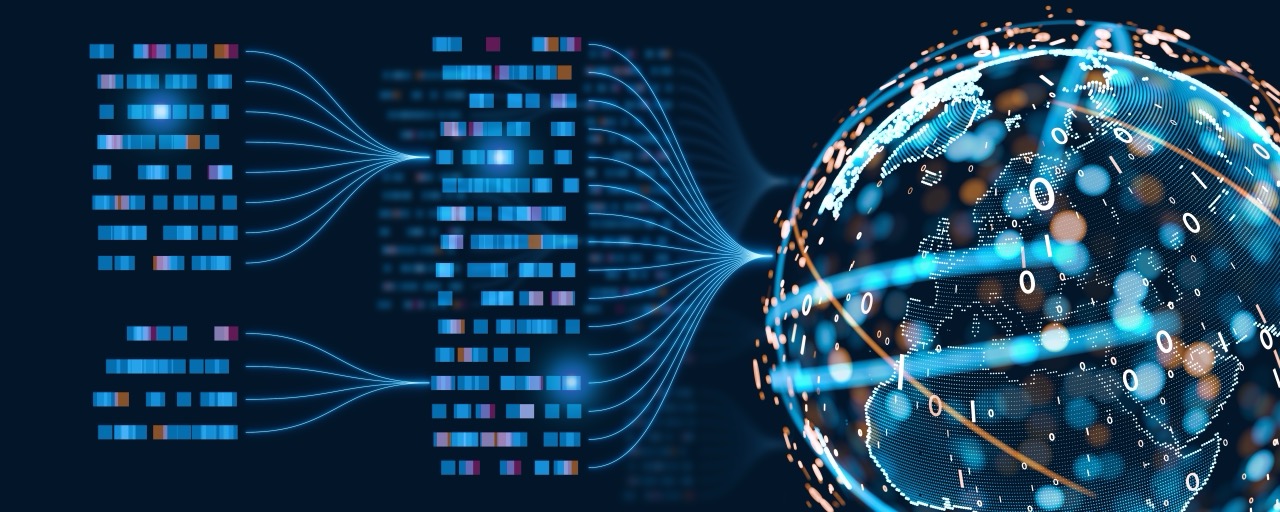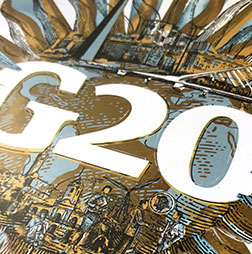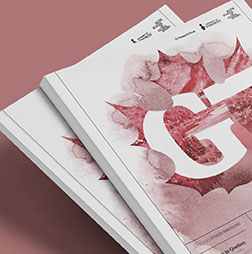From crisis to consensus: The historic gavel of the Pandemic Agreement
The adoption of the Pandemic Agreement was a historic milestone, a moment when political will converged with the lessons of Covid-19 to confront our fractured world with collective resolve.
In May 2025, as president of the 78th World Health Assembly, I had the honour of wielding the gavel that sealed this decision. That moment crowned three years of arduous negotiations. The sound of the gavel symbolised not only the agreement’s adoption, but also the world’s determination to never again face a pandemic as unprepared and divided as we were in 2020.
A historic consensus
The Pandemic Agreement represents nothing less than the world’s collective promise to do better: to detect threats faster, to respond more equitably and to recover more resiliently when the next pandemic strikes. It establishes mechanisms to ensure timely access to essential countermeasures, vaccines, diagnostics and therapeutics, so that no country is left behind when lives are at stake.
For the Philippines, this achievement is deeply personal. We carry the memory of raincoats turned into makeshift personal protective equipment, of hospital beds spilling into hallways and parking lots, of patients who never made it past hospital doors. We remember fear in families’ eyes, the exhaustion etched on health workers’ faces and the silence of lives lost too soon. Covid-19 exposed the inequities that left the countries of the Global South struggling for access and support. But we also witnessed the strength of bayanihan, the Filipino tradition of solidarity and mutual support, which mirrors the very spirit that made this global agreement possible.
Yet the agreement, historic as it is, will not succeed on goodwill alone. As I reminded my fellow ministers of health, three priorities must guide us moving forward. First, inclusivity: we must ensure that all voices shape the instruments and mechanisms that will govern future pandemic response. Second, equity: we must make certain that access to medical countermeasures is based not on wealth or power but on need. Technology transfer, regional manufacturing, innovative financing and fair allocation are essential. And third, accountability: we must build trust through systems that hold us, and each other, to the commitments we have made.
These priorities will determine whether the agreement lives only on paper or delivers real protection for people everywhere.
Stronger together
When I brought down the gavel to mark the adoption of the Pandemic Agreement, the sound echoed far beyond the halls of the Palais des Nations in Geneva. It carried the weight of hard-won compromise and the promise of a safer future. It was more than a procedural act. It was a symbol of the world’s decision to turn division into dialogue, and uncertainty into unity.
At a time when multilateralism is tested, the adoption of the Pandemic Agreement proves that countries can still come together for the common good. It is a declaration that humanity, when united, is stronger than the crises that seek to divide us.
But this moment is not the end; it is the beginning. The work ahead – the negotiation of the Pathogen Access and Benefit Sharing annex, the signing of member states and implementation in every country – will test our resolve. Without the PABS annex, the agreement’s commitment to fairness remains incomplete. We must bring to this process the same spirit of consensus and urgency that made this historic adoption possible.
History will not remember the technicalities of negotiation. It will remember the choices we made. By finishing what we started, we can prove that global health governance is not just an aspiration but a reality. This is the political choice of our time. Let us have the courage to make it.
